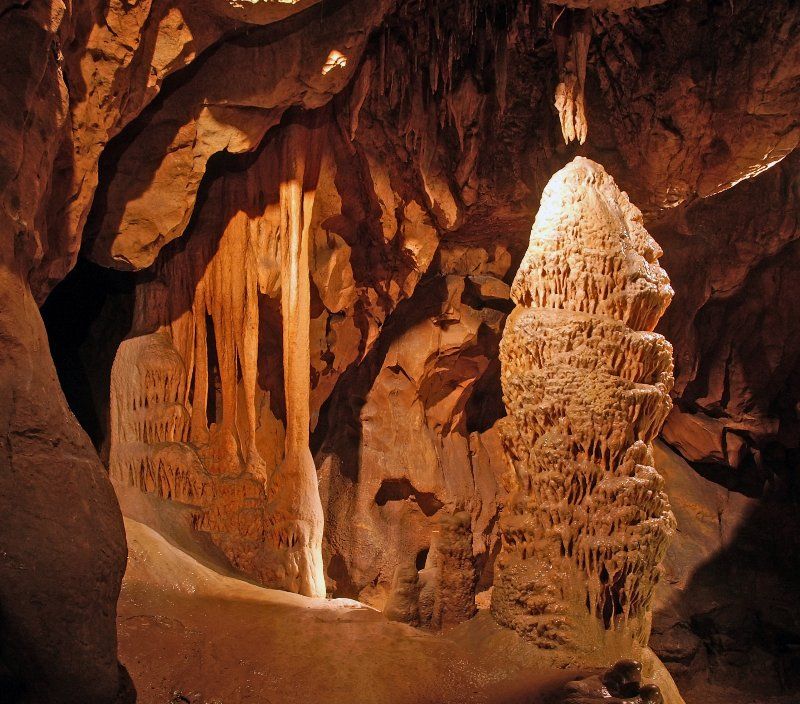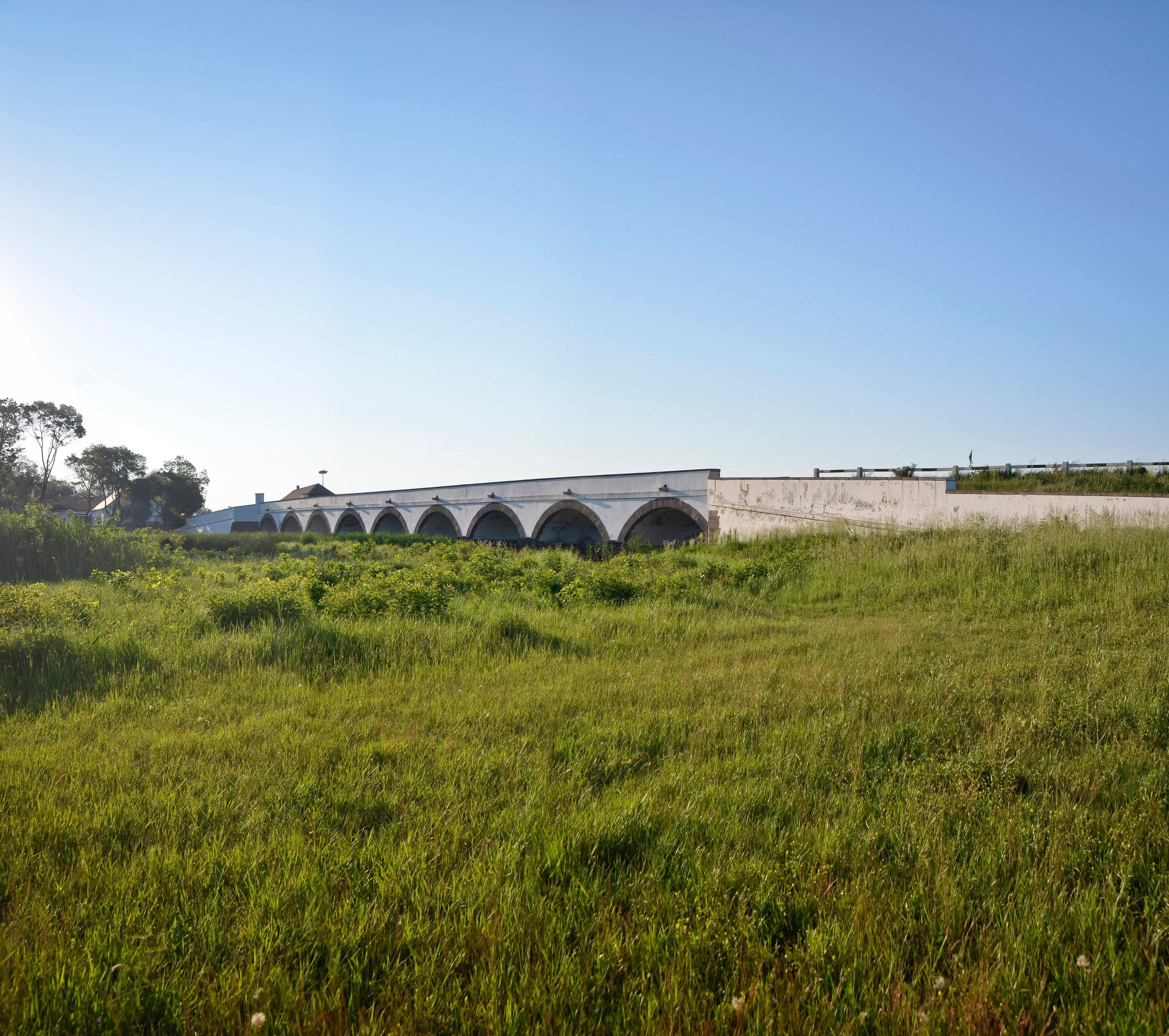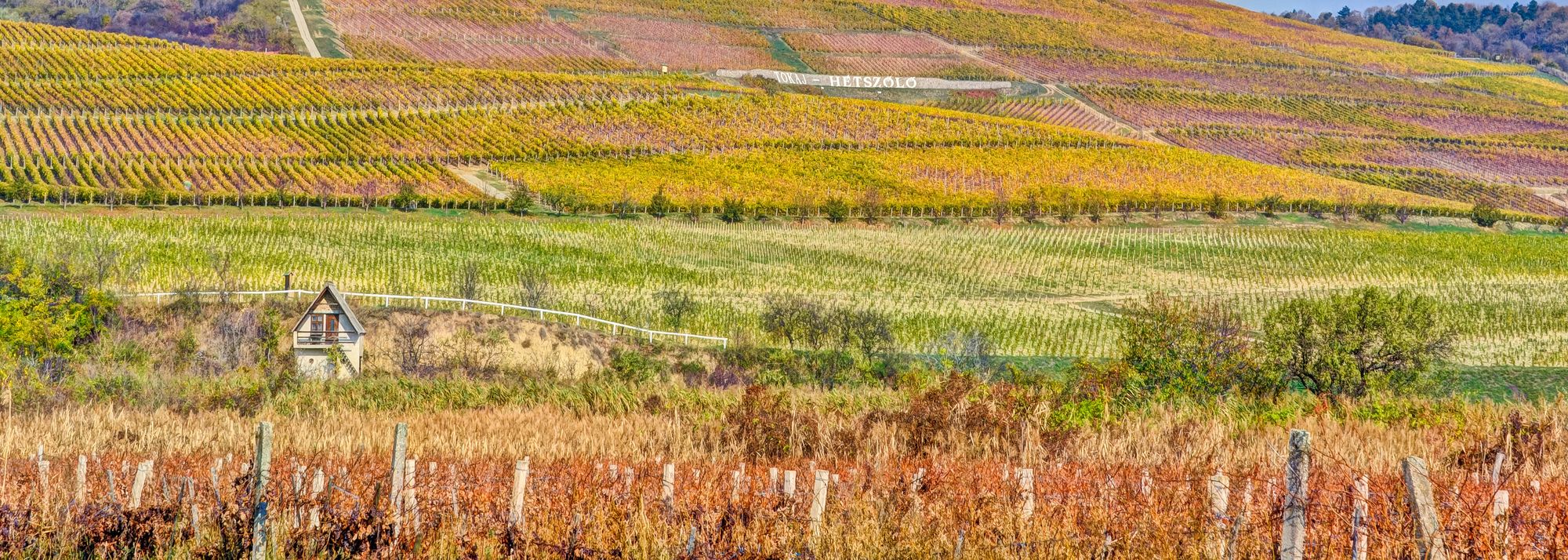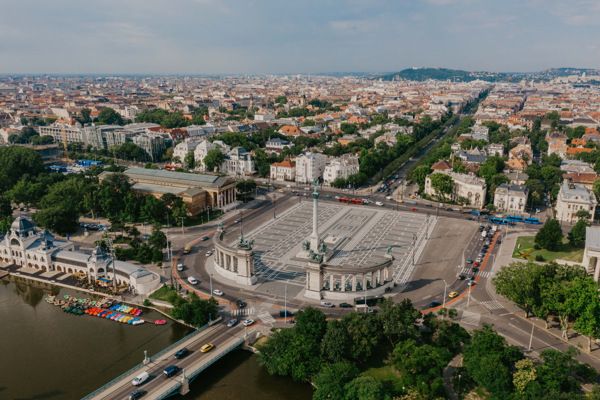Tokaj, Hungary (© mtu.gov.hu)
If you're curious about Hungary beyond the World Athletics Championships, you should also wander outside the capital to find exceptional sights and unique experiences. We've picked out some of the most exciting places to visit.
Hollókő

Hollókő, World Heritage village
An hour's drive from Budapest, Hollókő is the first village in the world to be awarded the World Heritage title. Hollókő is a unique example of pre-20th century village life, which has been preserved in its original state. Traditional Palóc architecture is present in all the houses, some of which still have a wooden porch and others are used for traditional purposes, such as showing old crafts that can be tried out.
Aggtelek Dripstone Cave

Aggtelek Dripstone Cave, Hungary (© anp.hu, Aggtelek National Park)
A UNESCO World Heritage site, this is not only the longest and most spectacular cave in Hungary, but also in the region. The extremely diverse cave system stretches for more than 25 kilometres, extending into neighbouring Slovakia.
It was formed 230 million years ago, when the area was covered by sea. The limestone was formed from the calcareous skeleton accumulated by aquatic animals. Tectonic movements created the limestone mountains, and water seeping down through the cracks created the various caves. The spectacular stalactites of the cave system, with their varied colours and shapes, transport visitors to fairytale landscapes.
Aggtelek is a must see for all nature lovers, whether you arrive in street clothes or with a headlamp. For the more adventurous, try the crawling climbing tours, accompanied by a professional caver. The air is crystal clear and the views speak for themselves.
The average temperature in the cave system is 10°C, with a relative humidity of 95-100%.
Hortobágy National Park

Hortobagy, Hungary (© mtu.gov.hu)
Rascal romance, crane watching, slambuc, grey cattle at sunset - all this is on offer in Hortobágy, the largest grassland reserve in Central Europe. Hungary's first national park was created in 1973. From 51 hectares at the time, it now covers 82,000 hectares and is shared by numerous species of birds, water buffalo, herds of cattle, wild horses and Indian aurochs.
The atmosphere of the seemingly endless plains immediately draws the visitor in. The poetic and beautiful scenery, alongside the characteristic flora and fauna of the pastoral life, make for an unforgettable experience. Grazing grey cattle, special racka sheep, wranglers and shadoofs dot the landscape, where you can also get a glimpse of the daily life of shepherds.
The 167-metre-long Nine Hole Bridge, located on the outskirts of the village of Hortobágy, is an unmissable sight, the legend of which is linked to the famous outlaw Sándor Rózsa. Both sides of the bridge offer authentic experiences. On one side is the Shepherds' Museum, on the other the 300-year-old Hortobágy Tavern, where you can try the shepherds' favourite dish, slambuc. And if it’s getting dark, you can gaze up at the stunning sky from the tower of the local observatory.
Tokaj wine region

Tokaj, Hungary (© mtu.gov.hu)
King Louis XV said of Tokaji aszú: "It is the wine of kings and the king of wines". The formation of liquid gold is due to a mould called "noble rot", which produces a special drink. The reputation of Tokaj wines did not stop at Versailles, and nowadays you can buy a bottle of Furmint or Samorodni on practically every continent. Little is known about its origins or the wine region itself. In the northeastern part of Hungary, on the southern slopes of the Zemplén Hills, viticulture was practised even before the Hungarian conquest. It was the first closed wine region in the world, and its unique geographical location, climate and volcanic soil all allowed the wines produced here to have a distinctive taste. The landscape itself is like a picture postcard: romantic vineyards, a labyrinth of rock cellars, medieval castles, hiking trails, gourmet restaurants.













